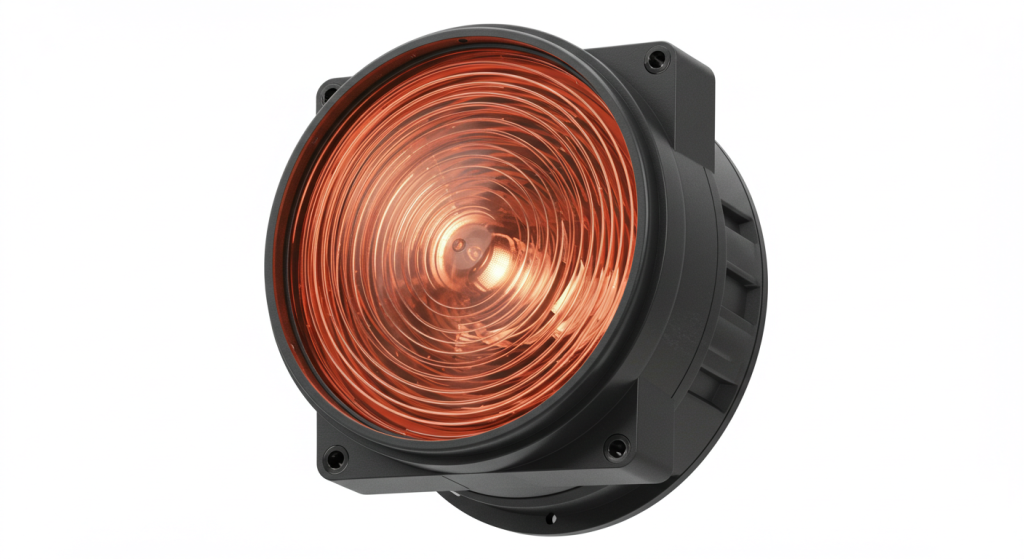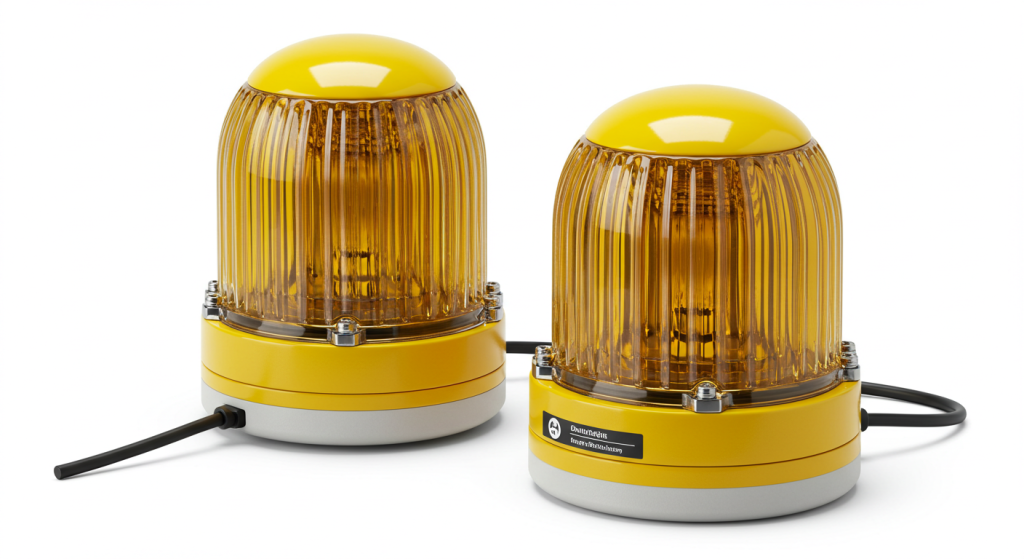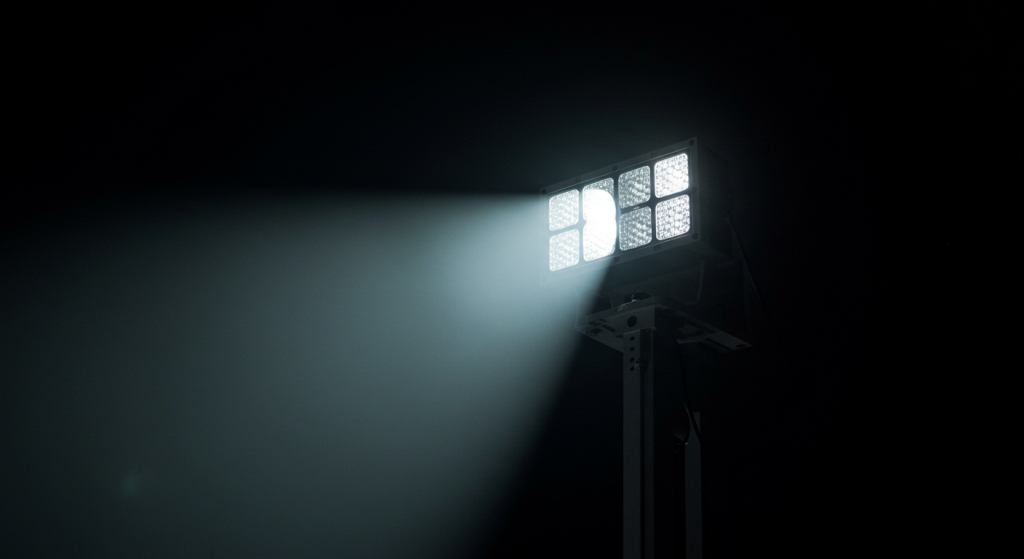Navigating the complexities of airfield lighting procurement can be daunting, especially when it comes to specialized systems like barrette lights. This comprehensive guide, titled How to purchase barrette lights runway, is designed to demystify the process, providing clarity on the various considerations and options available. Understanding the role of a Solar obstacle light controller is also crucial for ensuring the safety and compliance of your airfield lighting infrastructure. This article explores different aspects of runway lighting, including the differences between various approach lighting systems, costs, requirements, and more.

Understanding Barrette Lights and Their Role in Runway Lighting
Barrette lights are a critical component of approach lighting systems, particularly for runways equipped with Instrument Landing Systems (ILS). They are essentially lines of lights, typically installed perpendicular to the runway centerline, that extend outwards into the approach area. These lights provide vital visual cues to pilots during the approach phase, aiding in alignment and descent. Often used in conjunction with other approach lights, barrette lights help pilots transition smoothly from the approach to the runway threshold.
What are Barrette Lights?
Barrette lights are a series of lights arranged in a line or bar, usually positioned perpendicular to the runway centerline. They function as visual aids, guiding pilots as they approach the runway for landing. Their precise placement and configuration contribute to a safe and efficient landing process. These lights are often used in combination with other approach lighting elements to create a clear and comprehensive visual path.
Barrette Approach Lighting System
A Barrette Approach Lighting System is designed to enhance pilot visibility during the critical approach phase. These systems frequently utilize multiple barrettes, often of varying lengths and intensities, to give the pilot vital depth perception and position information. They are critical for both precision and non-precision approaches, especially during inclement weather or low visibility conditions. These systems often include other types of lights like approach lights and side row lights.

Exploring Different Approach Lighting Systems
Approach lighting systems are an essential element of airfield safety, assisting pilots as they navigate the final stages of their descent. There is a wide variety of approach systems with differing configurations and light intensities designed for various levels of approach precision. Let’s delve into some common systems.
Simple Approach Lighting System (SALS)
The Simple Approach Lighting System, or SALS, is an entry-level approach lighting setup that typically includes a row of lights extending outwards from the runway threshold. It is a basic yet effective system suitable for smaller airports and runways with less demanding operational requirements. It acts as a preliminary aid to the more complex systems and offers sufficient guidance in fair weather situations.
SSALR Lights and SSALR Approach Lights
The SSALR, or Simplified Short Approach Lighting System with Runway Alignment Indicator Lights, is a more advanced system that incorporates additional lighting elements. This includes the standard SALS configuration with added sequenced flashing lights, providing greater visibility and guidance for pilots approaching the runway. The “R” in SSALR stands for Runway Alignment Indicator Lights. This helps in providing more information about the runway alignment to the pilot for safer landings.
ALSF 1 Lighting and the Difference Between ALSF-1 and ALSF-2
Approach Lighting System with sequenced flashing lights, commonly referred to as ALSF, come in two variants – ALSF-1 and ALSF-2. ALSF-1 is a high-intensity approach system that provides an intense array of lights and sequenced flashers for pilots to easily see the runway approach in all types of conditions. ALSF-2, is a more enhanced version and includes additional light bars, making it especially useful during low visibility and inclement weather conditions. The primary difference between them lies in the length of the light bar configuration and the light intensities for an improved approach experience. These lights may be incorporated with the Solar obstacle light controller to control the lighting remotely.
Runway Alignment Indicator Lights (RAIL)
Runway Alignment Indicator Lights (RAIL) are a part of many approach lighting systems, including SSALR and ALSF systems. These lights are specifically designed to help pilots align their aircraft with the runway centerline during the approach. They typically appear as rapidly flashing white lights, creating a visible line that helps pilots correct any lateral deviation. This is an important component of safe, efficient landing procedures.

Understanding Runway Edge Lights and Other Runway Lighting
Runway lights are a vital element of any airfield, not just during approach but throughout the landing and takeoff processes. Runway lights guide pilots as they taxi, take off, and land. Let’s explore the various kinds of runway lights.
What are the Requirements for Runway Edge Lights?
Runway edge lights are essential for defining the boundaries of the runway surface. The color of the runway edge lights is white, and it turns amber on the last 2000 feet of the runway. The lights need to meet specific intensity requirements based on the type of runway and operational demands. The spacing between these lights is also standardized, ensuring a consistent visual reference for pilots. This spacing allows pilots to maintain a consistent and accurate view of the runway outline. These lights, along with the Solar obstacle light controller, play a pivotal role in airfield safety.
Runway Lights
Runway lights encompass all the lighting elements that help delineate the runway, including edge lights, centerline lights, and touchdown zone lights. They work in conjunction to provide a clear visual guide for pilots during all phases of runway use. These lights are carefully designed and configured to support safety and efficiency.
PAPI Lights
Precision Approach Path Indicator (PAPI) lights are a crucial component of visual approach guidance systems. They typically consist of four lights positioned on the side of the runway. These lights are color-coded, usually white and red, to indicate whether a pilot is on the correct glide path for landing. If the pilot sees four white lights, they are too high and they see four red lights means that the pilot is too low. The combination of red and white lights shows the appropriate glide path.
The application of the Solar obstacle light controller with these lights can improve energy efficiency and operational flexibility. This helps with remote control and automation of airfield lighting.
Cost Considerations: How Much Do Airport Runway Lights Cost?
The cost of airport runway lights can vary greatly based on a multitude of factors. These factors include the type of lighting system, the length of the runway, the intensity of the lights, and whether new installation or replacement of existing lighting is required. Simpler systems like SALS are typically less expensive to install and maintain than more complex systems like ALSF-2. LED lights have a higher up-front cost but can save significant energy and maintenance costs over the long term. The complexity of installation, integration with a Solar obstacle light controller, and necessary compliance with various regulations also factor into the total cost. The total cost will vary based on these considerations.
| Type of Lighting | Approximate Cost Range (per unit) | Notes |
|---|---|---|
| Runway Edge Lights (LED) | $200 – $1000 | Cost varies based on intensity and material |
| Barrette Lights (LED) | $500 – $2000 | Cost varies based on intensity and size |
| PAPI Lights (LED) | $1000 – $5000 | Cost varies based on complexity and precision |
| Approach Lighting Systems (SALS) | $50,000 – $200,000 | Overall system cost varies greatly based on configuration |
| Approach Lighting Systems (SSALR) | $100,000 – $400,000 | Includes Runway Alignment Indicator Lights |
| Approach Lighting Systems (ALSF-1/2) | $250,000 – $1,000,000+ | High-intensity, sequenced flashing lights |
Why to Buy Our Solar Powered Obstruction Lights
When considering airfield safety, especially in remote or difficult-to-access locations, the advantages of solar-powered obstruction lights cannot be overstated. Our solar-powered obstruction lights, coupled with a reliable Solar obstacle light controller, offer a cost-effective, environmentally conscious, and reliable alternative to traditional electrical systems. Why to buy our solar powered obstruction lights stems from several key benefits. Firstly, they eliminate the need for costly and complex underground wiring, making installation quicker and easier. This greatly reduces the financial and logistical burdens during the initial setup and also for ongoing maintenance. Secondly, solar power is a clean, renewable energy source, making it a sustainable choice for environmentally conscious operators.
Furthermore, our lights are designed to withstand harsh weather conditions, ensuring reliable performance even in challenging environments. The integrated Solar obstacle light controller ensures consistent light output and manages energy consumption effectively, optimizing battery life and system reliability. They are a suitable choice for airports looking for a combination of quality, value, and environmental responsibility. Moreover, the use of solar energy reduces the overall operating costs by eliminating the consumption of grid electricity. Our solar-powered obstruction lights are a simple and very reliable lighting solution. Why to buy our solar powered obstruction lights, is an easy choice.
Procurement Process: How to Purchase Barrette Lights Runway
Now, returning to the core topic, How to purchase barrette lights runway requires a methodical approach. The process begins with a detailed assessment of the airfield’s specific requirements. This includes runway classification, operational needs, and local regulatory standards. For example, a runway serving international air traffic will necessitate a more complex and high-intensity approach lighting system, potentially including an ALSF-2 system with numerous barrette lights, compared to a small general aviation field which may find a SALS system more appropriate. In addition, considering integrating a Solar obstacle light controller from the start can provide long-term benefits. It is crucial to check which approach lighting systems, including barrette configurations, is required for your specific airfield. After the assessment, you will need to seek quotes from several suppliers and make sure that the quotes include installation and follow on maintenance and support.
When evaluating suppliers, consider the quality of the products, adherence to safety and regulatory standards, customer support, and the overall cost. Product testing and certifications are crucial and it is important to request these prior to placing an order. In addition, it is imperative to ensure the lights are compatible with the Solar obstacle light controller, especially if remote management is desired. The integration of all systems is critical for smooth and efficient operation of an airfield’s lighting system. Also, it’s wise to inquire about delivery lead times to minimize disruption to airport operations. The final step is to ensure that you have adequate resources for both the installation and long-term maintenance of these lighting systems. Proper maintenance will ensure long-term reliability and peak performance of your barrette and other runway lighting.
In summary, How to purchase barrette lights runway requires a deep dive into your operational needs, the selection of suitable lighting systems, and a thorough review of suppliers. By following this approach and understanding the nuances of each lighting component, airfield operators can ensure that their facilities are safe, efficient, and compliant with all regulatory standards. The integration of a Solar obstacle light controller also further enhances the operational benefits of these systems. Why to buy our solar powered obstruction lights is a practical and safe option that is both cost effective and environmentally responsible.